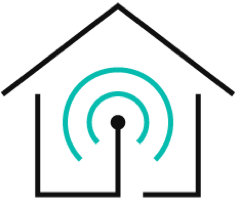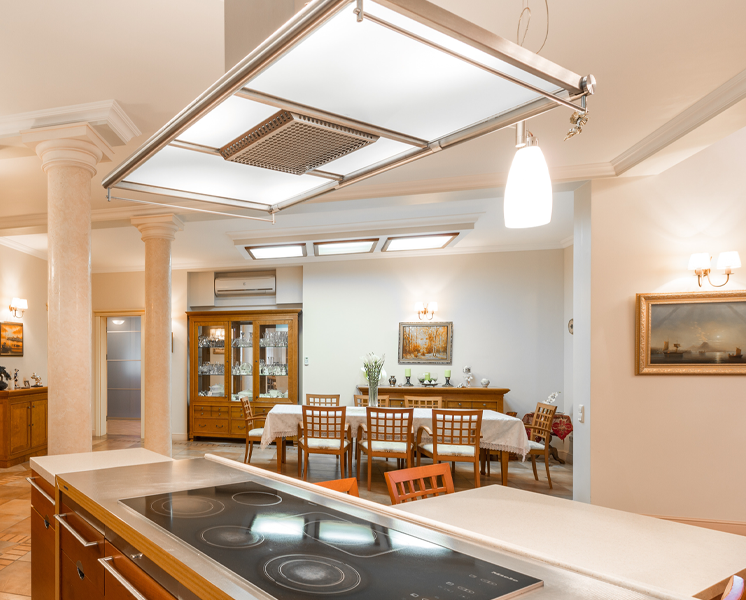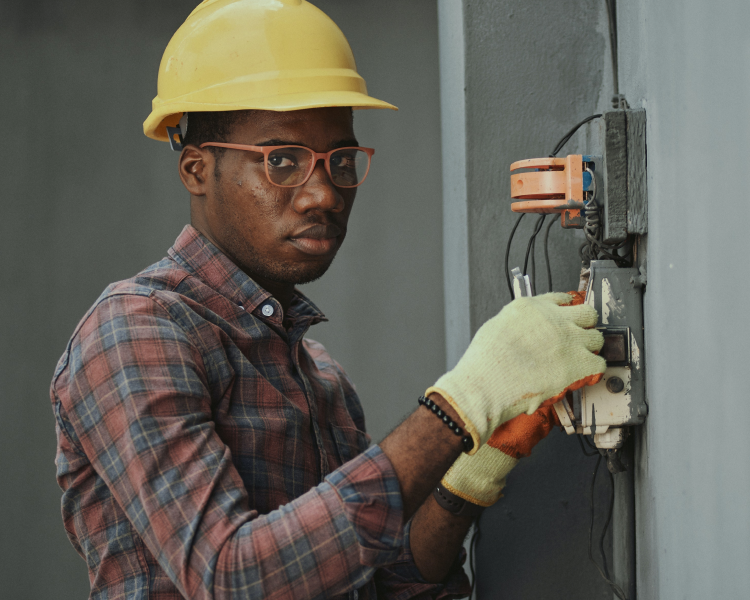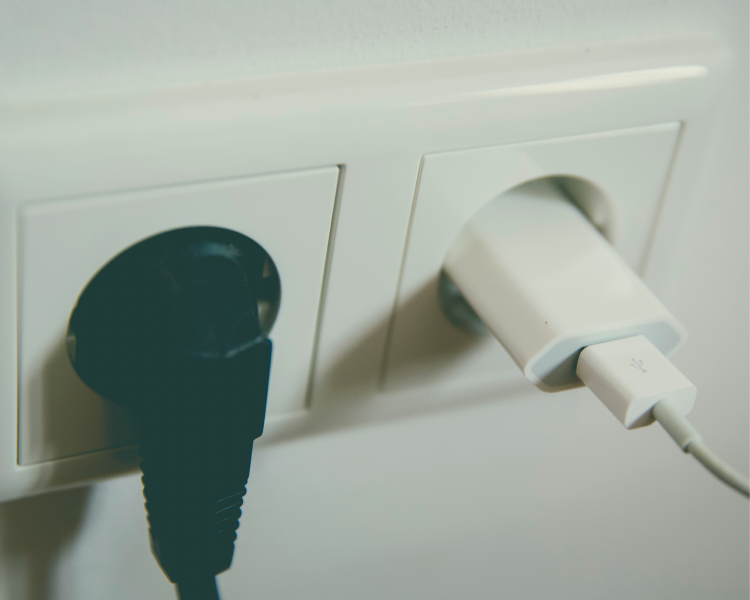Now that you are considering using smart switch for your home, you will notice there are many different options available such as HomeKit smart switch no neutral wire. or Zigbee/Z-Wave no neutral smart switches. what is a neutral wire? Should you care about neutral wire when choosing a switch?
The short answer is - Yes, you should! Common smart switches require a neutral wire. So before you are going to buy a big amount of smart light switches, make sure if your walls have the neutral wire installed. This is especially important if you are renovating an older house or apartment. If you do not have a neutral wire, it would be smart to choose “no neutral switch” for the project. Otherwise, you might end up spending a lot of time and resources rewiring walls.
This article explains what a neutral wire is, how to make sure if you have a neutral wire, and what to do if you do not have it to install a smart switch no neutral.
- What is a neutral wire?
- Do I have a neutral wire and how do I know ?
- What to do if you don’t have a neutral wire - smart switch no neutral
What is a neutral wire?
To understand what is a neutral wire, let's use a common US wiring for example. Most big electrical transmission lines have really high voltage electricity (about 13.2 kV =13,200V). Before it can be used in homes, it needs to be converted to a lower voltage (240V). This is done by a transformer that converts the incoming 13.2 kV electricity to a usable 240V (image below).
The voltage difference from end A (+120V) to end B (-120V) of the transformer is a total of 240V. In the middle of the transformer, you can see a line with 0V - this one is neutral. As the neutral has a voltage potential of 0, it is safer to work with than the “hot” wires A (120V) and B (120V). There are 3 methods to create an electrical circuit. You could connect:
- A to neutral = 120V
- B to neutral = 120V
- A to B = 240V
Most home appliances are wired for 120V (methods 1 and 2). Other appliances that require a lot of power (e.g. oven), are usually wired for 240V (method 3).
>> Learn more about What is a neutral wire in a light switch?
Do I have a neutral wire and how do I know ?
- Turn off the power from the main circuit breaker (for your safety).
- Open the switch box (for all switches that need to be made smart).
- See how many wires there are and which colors are used.
You have a neutral - if you see two white wires joined with a wire nut (that are not connected to a switch). Therefore, you can use the most common smart switches on the market.
You don’t have a neutral - If you see only three wires inside (like the picture below). Two of the wires are the current-carrying wires that power the light. They are typically colored one black and one white (potentially with a black stripe or marked with black electrical tape). The third wire should be the ground wire and is either colored green or bare wire.
* Be aware that this example is about the US. Other countries use different wiring systems and colors. If you are not familiar with electrical work it is recommended to ask an electrician for help.
What to do if you don’t have a neutral?
You checked your switch boxes and discovered that your smart switch no neutral. Don't worry, there are still options for you. See below which of the 3 following options will be best for you.
1. Install neutral wire
You can add neutral wire to your smart switch no neutral, but you need to do re-work inside your walls. You should add conducting wire between the light and the switch. And you need to do it for all the walls where you want to start using a common smart switch that requires a neutral wire.
Before you consider doing it, be aware that pulling wires through finished walls will be quite big work. If you do not have the proper tools and experience, it is recommended to hire a local expert for this. Depending on your house size and number of switches, it might be quite costly, messy, and take some time.

2. Use smart bulbs instead
In case you just need to automate only 1-2 normal lamps in the house, it will be easier to skip switches than start re-wiring your walls. Light bulbs are easy to install and do not require a neutral wire.
However, smart bulbs have various limitations. For example, if the power is switched off from the real switch, you will be unable to control the light from your app or by voice. You would need to make sure switches are always on in your house. Also, it would be costly to automate lamps with many bulbs. And impossible to automate special light fixtures with different shapes or built-in LED lights.
3. Buy a smart switch no neutral wire
By using no neutral smart switch, you can automate your lights even if there are no neutral wires previously installed. This way, you do not need to spend a lot of time and money rewiring walls to get your switches smart. It is a much quicker and more convenient way to automate the lights of a house without a neutral.
Want to see how this type of smart switch no neutral can be installed? Take a look at the EVVR Smart Relay Switch(Zigbee/Z-Wave) or EVVR Smart Relay Switch(HomeKit) and how it can be conveniently installed without a neutral wire and eliminated the light flickering issue, what's more, it's compatible with both toggle switches and momentary push buttons.
To stay updated with our latest news and blog posts, contact us now!















